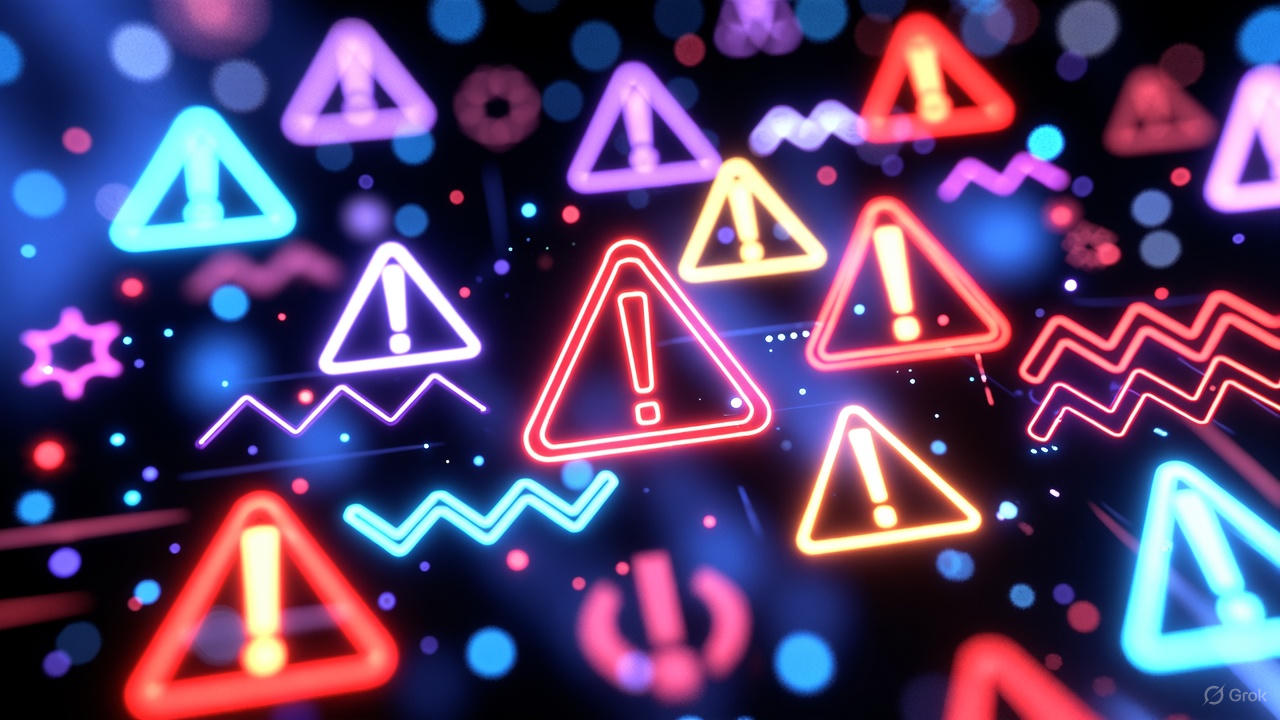
Prompt Injection: Must Read for RAG engineers
A hidden resume text hijacks your hiring AI. A malicious email steals your passwords. Welcome to prompt injection—the critical vulnerability every RAG engineer must understand and defend against.
Real-world lessons from research, reading, and applied experiments in AI.

A hidden resume text hijacks your hiring AI. A malicious email steals your passwords. Welcome to prompt injection—the critical vulnerability every RAG engineer must understand and defend against.

Making Large Language Models (LLMs) reason over private, domain-specific, or real-time data is one of the most significant challenges in applied AI. The standard solution has been Retrieval-Augmented Generation (RAG), a powerful but often complex architecture. Now, Google's Gemini API introduces a File Search tool that promises to handle the entire RAG pipeline as a managed service. But does this new tool truly make traditional RAG pipelines obsolete?
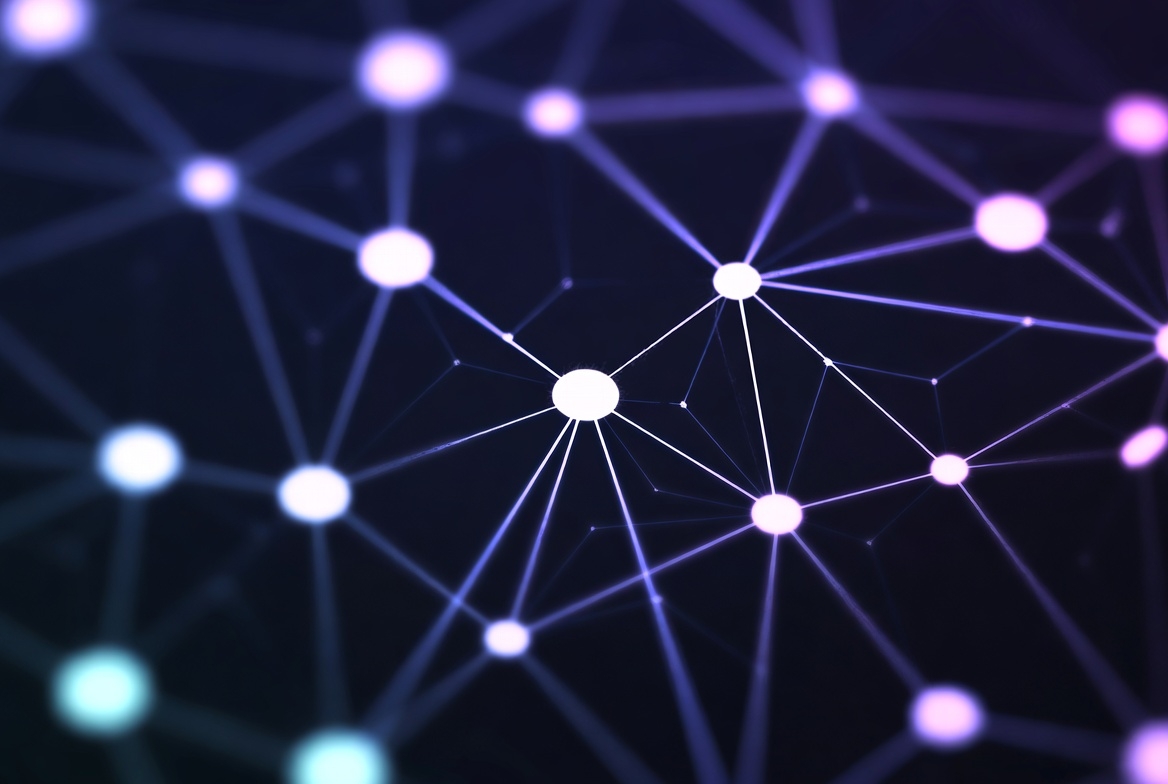
Understanding the need for GraphRAG and how it overcomes the limitations of traditional RAG systems.
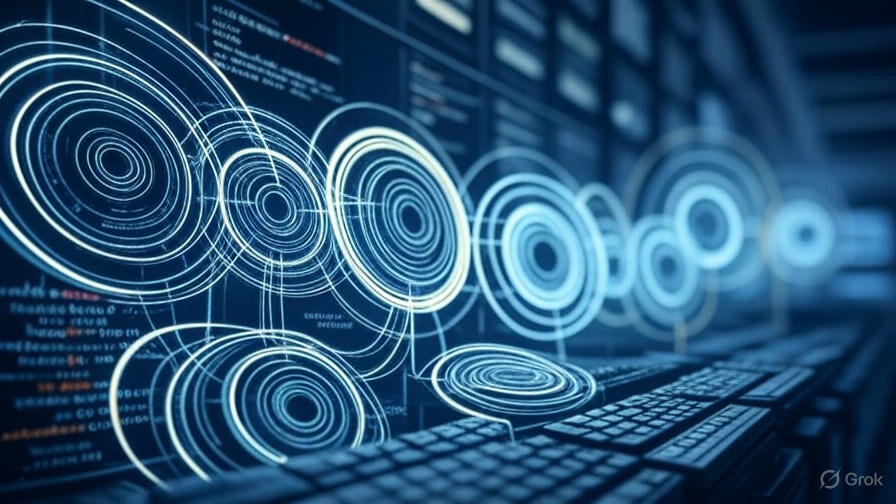
What is RAG? In a world where AI models can process millions of tokens in a single context window, does Retrieval-Augmented Generation (RAG) still matter? Yes — and here's why it's more essential than ever.
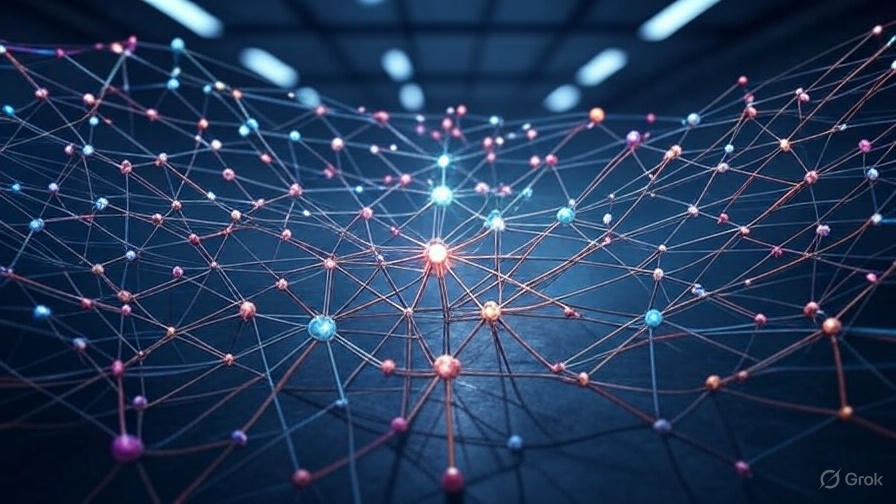
A beginner-friendly introduction to Retrieval-Augmented Generation (RAG) and why it matters in the world of AI.

A clear, intuitive explanation of how LLMs like GPT-4 and GPT-5 actually work under the hood — with a special focus on the attention mechanism that lets them understand context.
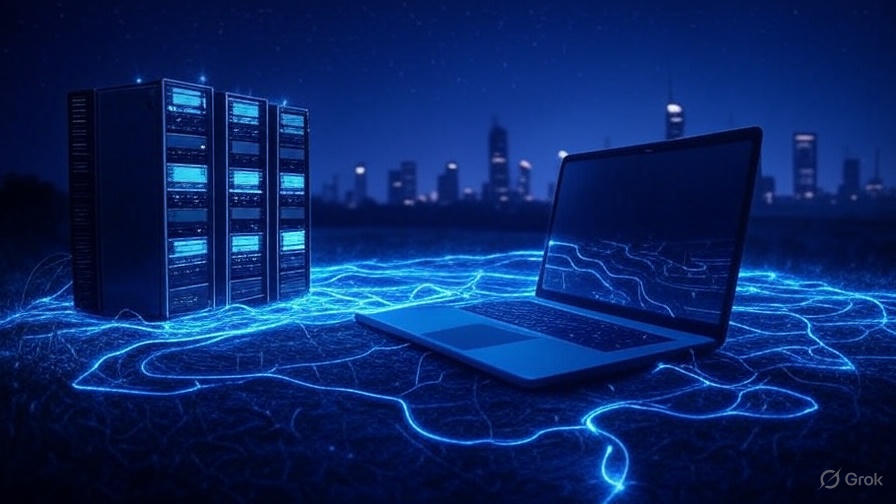
A complete primer for developers moving from SaaS APIs like OpenAI to running open-source LLMs locally and in the cloud. Learn what models your MacBook can handle, how to size for RAG pipelines, and how GPU servers change the economics.

Understand the five essential components of a Retrieval-Augmented Generation (RAG) pipeline and how they work together to make AI smarter, faster, and more reliable.

AI tools like Google’s Nano Banana make flawless photo edits accessible to anyone—but they also supercharge the spread of fake images. Here’s how to protect yourself with practical techniques, tools, and critical thinking.

Google’s quirky codename hides a powerful new upgrade: Gemini 2.5 Flash Image. Here’s how app developers, solopreneurs, and creators can harness Nano Banana for real-world projects. See the cover image edited by nano banana.
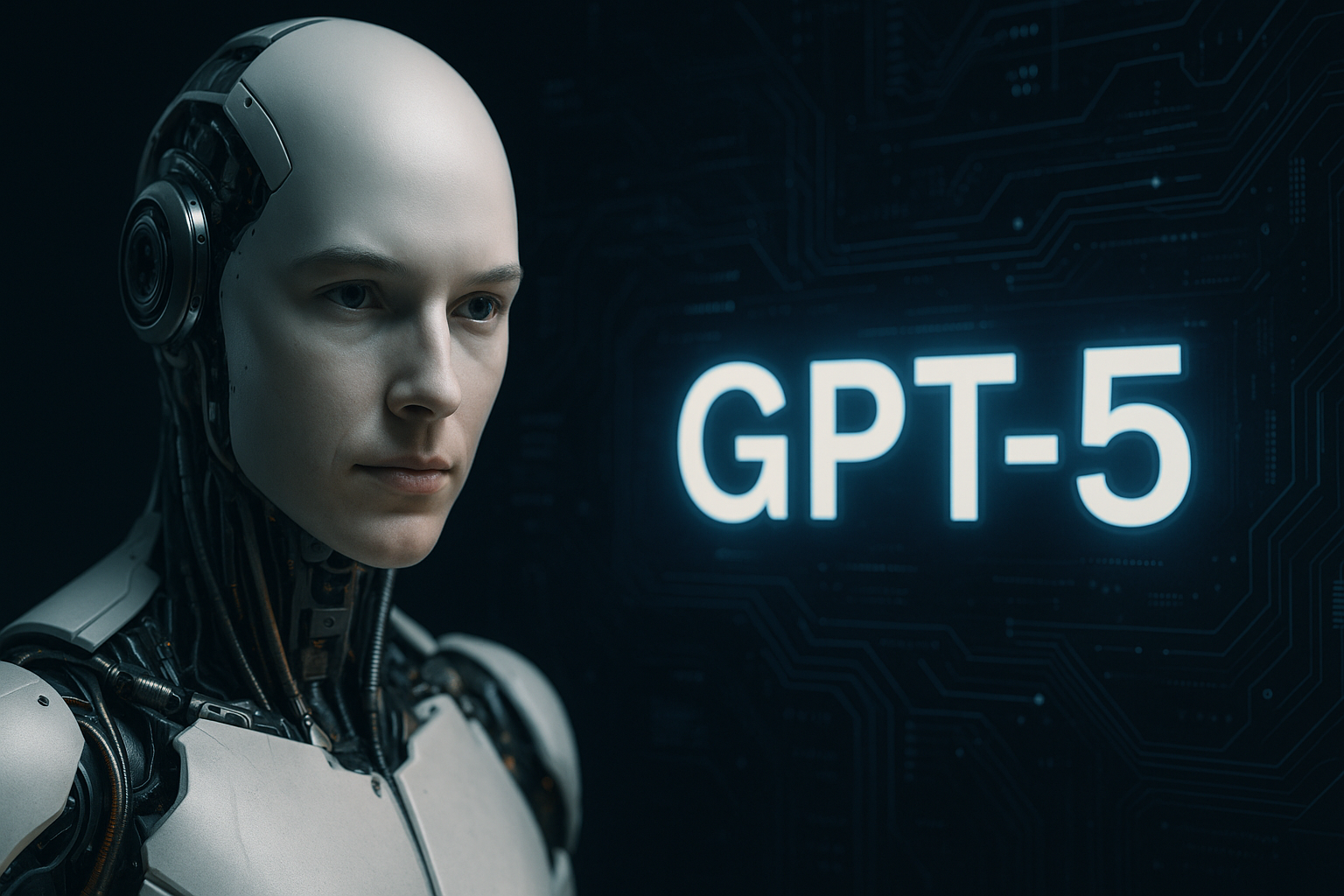
GPT-5 launched on August 7, 2025. Here’s what sets it apart—from context windows and model routing to technical evolution and what reviewers are saying.
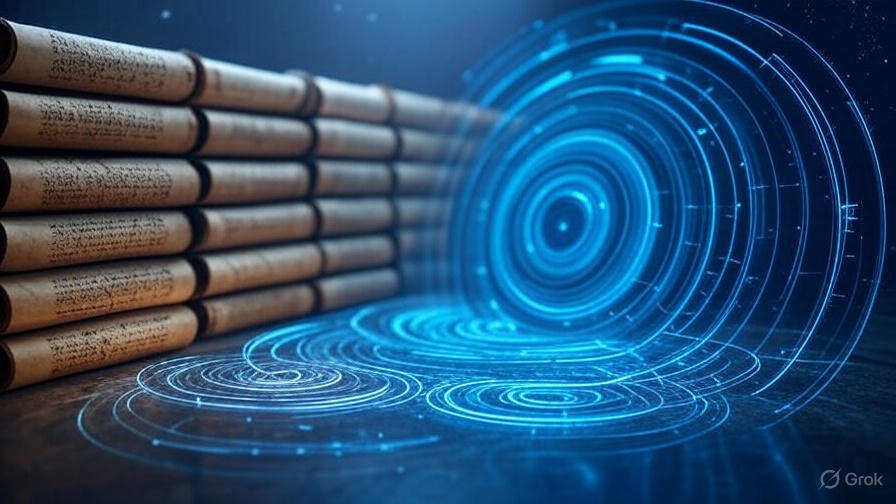
Looking back at GPT-4 Turbo’s 128k context window and how it shaped the AI landscape — and looking forward to the massive leaps in context length, efficiency, and multimodal capabilities that define today’s frontier models.

MIT's 2025 report reveals that 95% of GenAI pilots fail, but insights from the All-In Podcast highlight strategies for turning setbacks into success. Here's what founders, solopreneurs, and builders can learn.
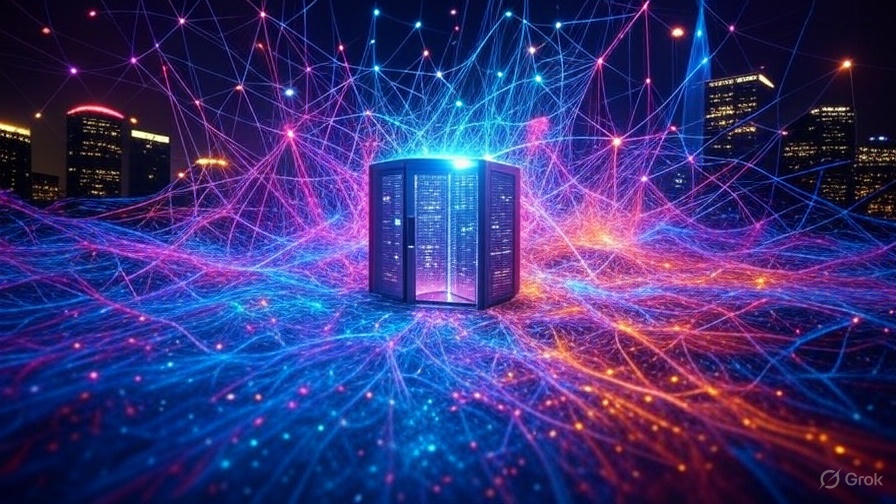
A step-by-step breakdown of how NVIDIA rose to the top, driven by GPUs, generative AI, and the global AI frenzy—explained in beginner-friendly terms.

Understand the five essential components of a Retrieval-Augmented Generation (RAG) pipeline and how they work together to make AI smarter, faster, and more reliable.

Understand the key differences between Retrieval-Augmented Generation (RAG) and fine-tuning, and learn which approach is right for your AI project.